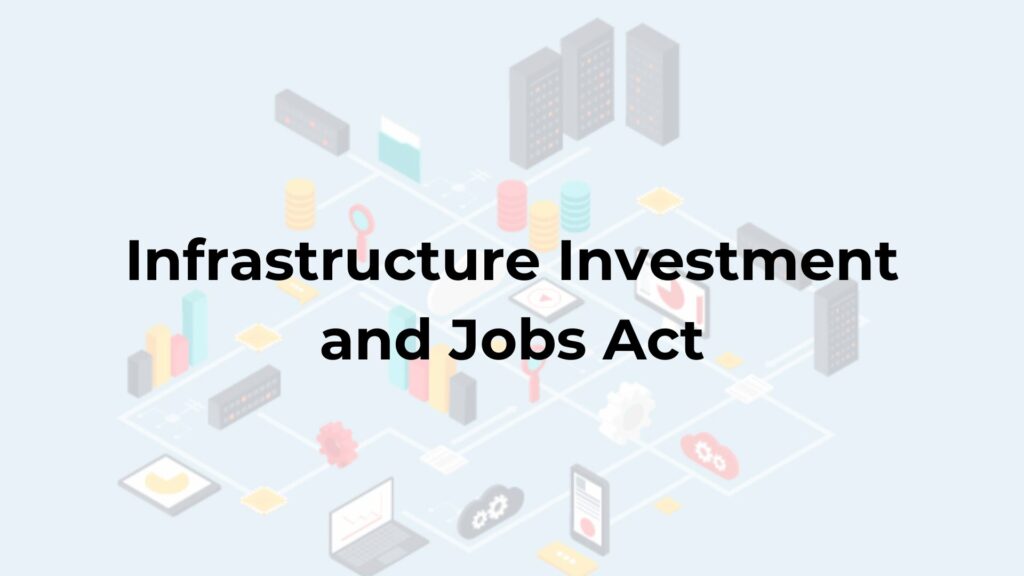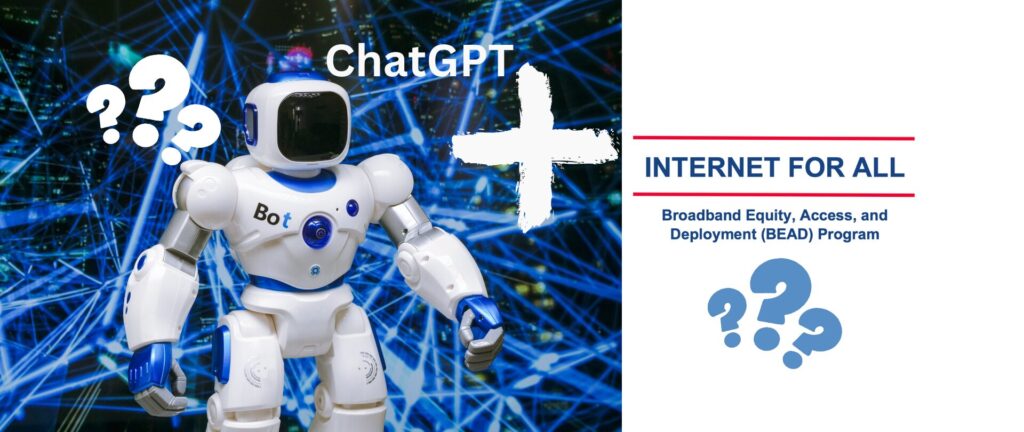Infrastructure Investment and Jobs Act

The Infrastructure Investment and Jobs Act (IIJA), also known as the Bipartisan Infrastructure Law, includes several key aspects specifically aimed at improving community internet access. Here are the main points related to broadband and internet improvements from the act:
Funding Allocation
- Broadband Equity Access and Deployment (BEAD) Program:
- Funding: $42.5 billion.
- Purpose: To expand high-speed internet access by funding planning, infrastructure deployment, mapping, and adoption programs.
- Enabling Middle Mile Broadband Infrastructure Program:
- Funding: $1 billion.
- Purpose: To construct, improve, and acquire middle mile infrastructure, making it easier and more affordable to connect underserved and unserved areas.
- Tribal Broadband Connectivity Program:
- Funding: $2 billion.
- Purpose: To support broadband deployment on tribal lands, including telehealth, distance learning, broadband affordability, and digital inclusion.
- Rural Digital Opportunity Fund (RDOF):
- Funding: Up to $20.4 billion over ten years.
- Purpose: To bring fixed broadband and voice services to unserved homes and small businesses across rural America.
Objectives and Goals
- Digital Equity:
- The act aims to treat broadband as a fundamental utility, much like water and electricity, ensuring that all Americans have access to affordable high-speed internet. This is crucial for participating fully in modern digital life and closing the digital divide.
- Economic and Community Development:
- Economic Impact: Promoting economic development and innovation by attracting new businesses, particularly in tech-driven industries, and improving public services such as healthcare and education.
- Property Value: Increasing property values and quality of life by ensuring high-speed internet access, which is becoming a necessity for modern living.
- Infrastructure and Future Technologies:
- Fiber Infrastructure: Investing in fiber infrastructure as the backbone for future technologies like 5G, IoT, and smart cities. Fiber provides the fastest and most reliable broadband technology, essential for the deployment of next-generation wireless networks and services.
- Fixed Wireless Access (FWA): Providing scalable high-speed broadband solutions for both rural and urban areas where fiber deployment is challenging. FWA can bridge connectivity gaps, especially in educational settings, healthcare, and critical infrastructure.
Legal and Regulatory Support
- State Law Preemption:
- The act includes provisions that require state laws to give way to ensure funding eligibility. This helps local leaders proposing municipal broadband projects to overcome legal and regulatory hurdles posed by big telecom firms.
- Public Utility Consideration:
- There is a push to classify broadband as a public utility, ensuring regulatory frameworks that prioritize social outcomes such as equity of access and affordability.
Challenges and Future Outlook
- Despite significant funding, challenges remain in terms of legal battles with large telecom firms and ensuring effective deployment and utilization of funds to truly close the digital divide. Ongoing efforts are needed to educate and advocate for broadband as a public utility to ensure long-term sustainable access.
The Infrastructure Investment and Jobs Act represents a historic investment in broadband infrastructure, aiming to revolutionize connectivity across the United States and ensure that all communities can thrive in the digital age.






Responses